Is Your Tongue Ready? A Spicy Breakdown of Thai Chili Peppers on the Scoville Scale
Table of Contents
- Intro: The Heat is On
- What Is the Scoville Scale?
- Thai Chili Pepper Basics
- Scoville Scale Range for Thai Chilies
- Spice Level Comparison Table
- Cooking Tips with Thai Chili Peppers
- Buying Guide: Fresh, Dried, or Paste?
- Conclusion: Handle with Care
Intro: The Heat is On
If you’ve ever bitten into a tiny red pod and felt like your mouth just caught fire — congratulations, you've met the Thai chili pepper! These little guys pack a punch and are one of the most iconic spices in Southeast Asian cuisine.
What Is the Scoville Scale?
The Scoville Scale was invented by pharmacist Wilbur Scoville in 1912 to measure the heat level of chili peppers. It works by determining how much sugar water is needed to neutralize the capsaicin — the compound responsible for that burning sensation.
In modern times, high-performance liquid chromatography (HPLC) gives a more accurate reading, but the Scoville Heat Unit (SHU) remains the gold standard.
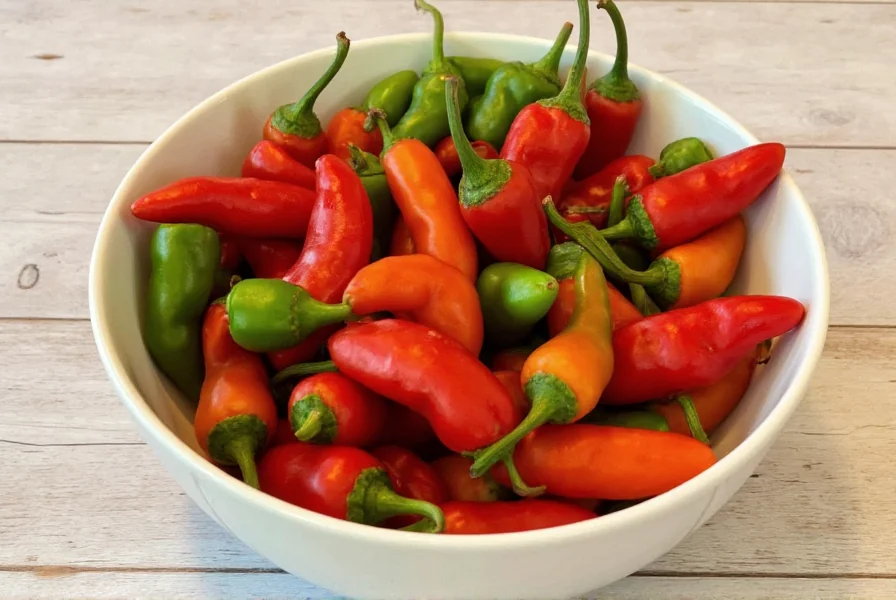
Thai Chili Pepper Basics
Native to Thailand and widely used across Thai, Vietnamese, and Laotian cuisines, Thai chilies are small, slender pods that come in green, red, orange, and even purple hues. Despite their size, they deliver a quick, sharp heat with a slight fruity undertone.
- Size: Usually 1–3 inches long
- Flavor Profile: Earthy, slightly sweet, very hot
- Varieties: Bird’s eye chili (Prik Kee Noo), Serrano Thai hybrids, and others
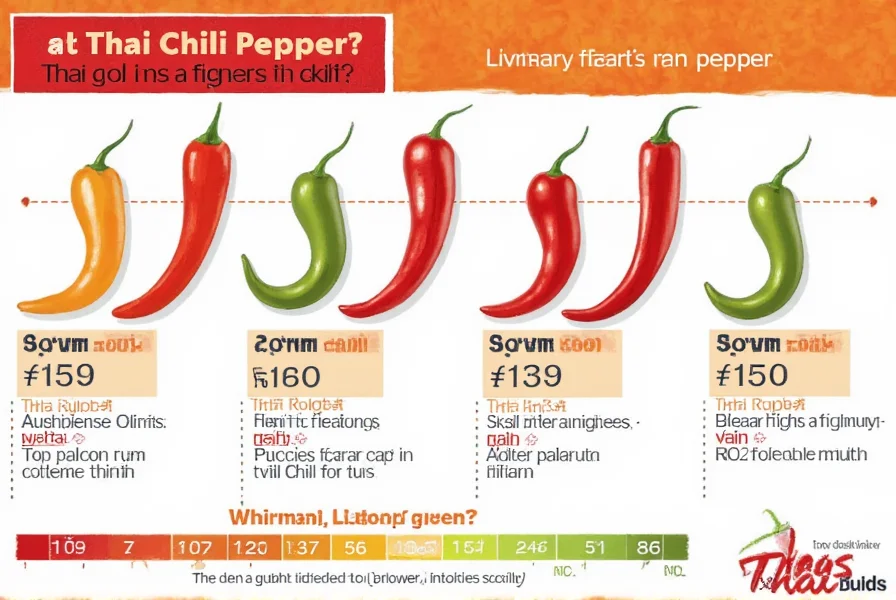
Scoville Scale Range for Thai Chilies
Thai chili peppers range from around 50,000 SHU up to 100,000 SHU depending on growing conditions, variety, and ripeness. That puts them well above jalapeños (2,500–8,000 SHU) and right next to cayenne peppers (30,000–50,000 SHU).
Here's a breakdown:
| Pepper | Scoville Heat Units (SHU) |
|---|---|
| Bell Pepper | 0 |
| Jalapeño | 2,500 – 8,000 |
| Serrano Pepper | 10,000 – 23,000 |
| Cayenne Pepper | 30,000 – 50,000 |
| Thai Chili Pepper | 50,000 – 100,000 |
| Habanero Pepper | 100,000 – 350,000 |
Spice Level Comparison Table
To help visualize the heat levels, here’s a visual comparison table that shows where Thai chilies stack up against other common peppers:
| Pepper Type | Average SHU | Relative Heat Level |
|---|---|---|
| Bell Pepper | 0 | 🌶️ |
| Jalapeño | 5,000 | 🌶️🌶️ |
| Cayenne | 40,000 | 🌶️🌶️🌶️ |
| Thai Chili | 75,000 | 🌶️🌶️🌶️🌶️ |
| Habanero | 200,000 | 🌶️🌶️🌶️🌶️🌶️ |

Cooking Tips with Thai Chili Peppers
Thai chilies bring bold flavor and intense heat to any dish. Here are some pro tips to handle the heat wisely:
- Use gloves! Capsaicin can irritate skin and eyes.
- Remove seeds and membranes if you want less heat but still crave flavor.
- Add early in cooking for deeper flavor infusion.
- Milk or yogurt helps cool down the burn, not water!
- Soak dried chilies in warm water before use for softer texture.
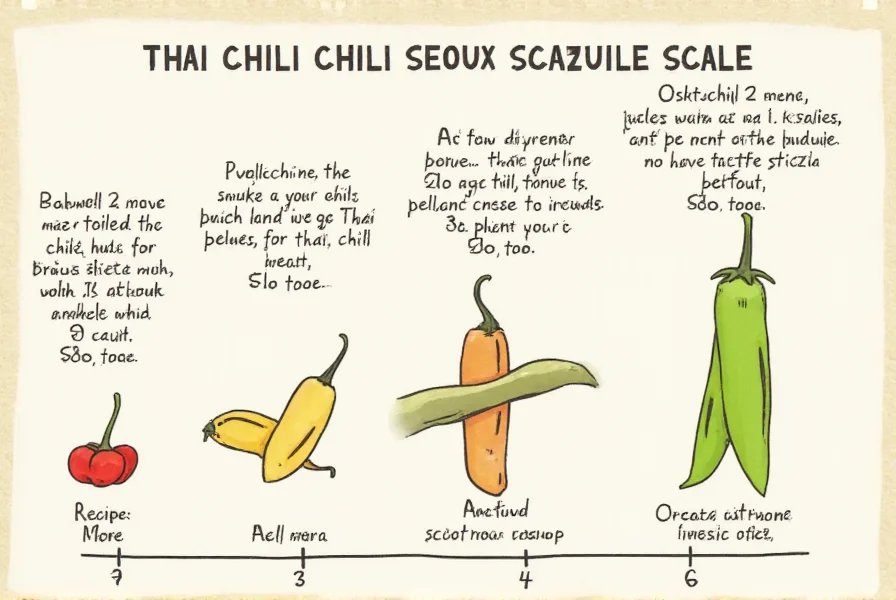
Buying Guide: Fresh, Dried, or Paste?
Whether you're stocking up at the local market or browsing online spice shops, knowing which form of Thai chili to choose can elevate your culinary game. Here's what to look for:
| Type | Features | Best For | Storage Tip |
|---|---|---|---|
| Fresh Thai Chilies | Bright color, firm texture, aromatic | Stir-fries, salads, garnishes | Store in fridge for up to a week |
| Dried Thai Chilies | Concentrated heat and flavor | Curries, soups, spice blends | Keep in an airtight container |
| Thai Chili Paste | Ready-to-use, balanced heat and umami | Pad Thai, marinades, sauces | Refrigerate after opening |
Recommended Products:
- Maesri Thai Chili Paste – Ideal for authentic Thai dishes, thick and flavorful.
- Namjai Thai Chili Sauce – Perfect for dipping and drizzling, moderately spicy.
- Whole Dried Thai Chilies (Prik Ke Noo) – Great for grinding into powder or rehydrating in stews.
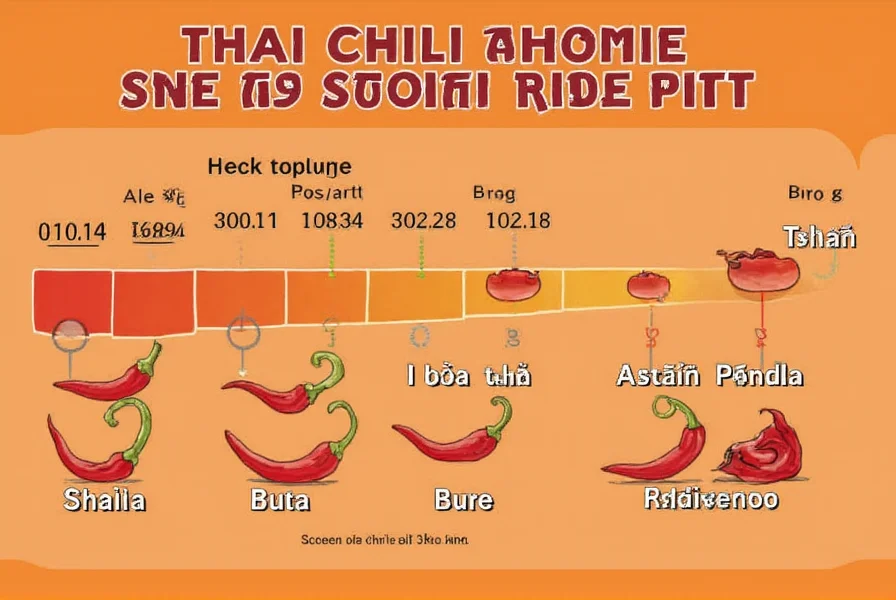
Conclusion: Handle with Care
Thai chili peppers may be small, but they’re mighty when it comes to heat and flavor. Whether you're adding a few slices to a stir-fry or crushing dried chilies into your homemade curry paste, remember that these fiery pods mean business.
Respect the Scoville scale, prep accordingly, and always keep a glass of milk nearby. Once you get the hang of working with Thai chilies, your taste buds will thank you — and so will your guests!
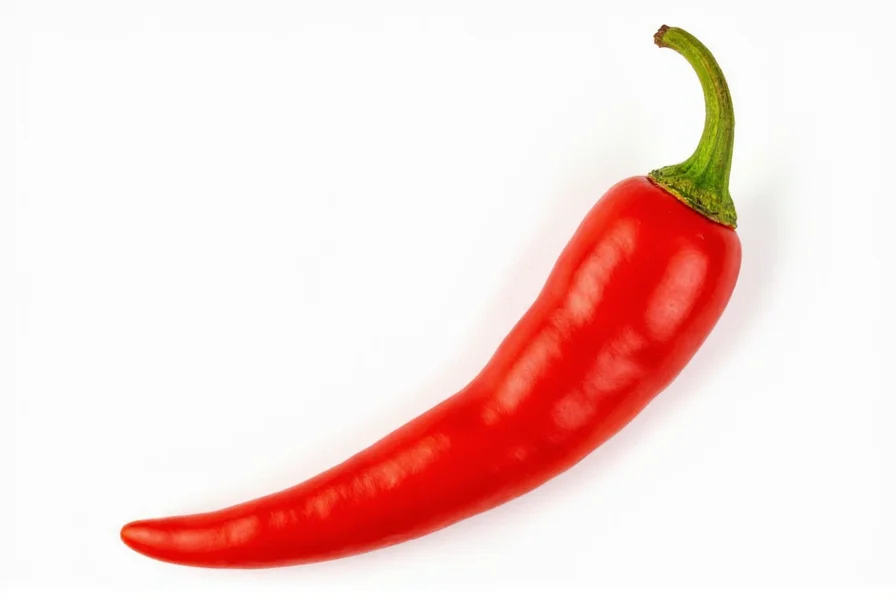










 浙公网安备
33010002000092号
浙公网安备
33010002000092号 浙B2-20120091-4
浙B2-20120091-4